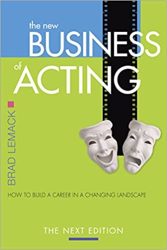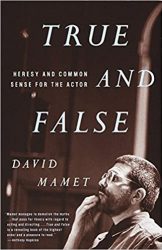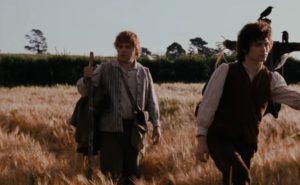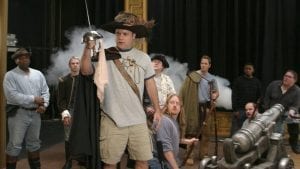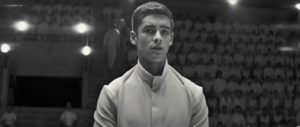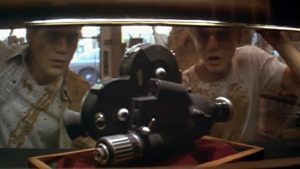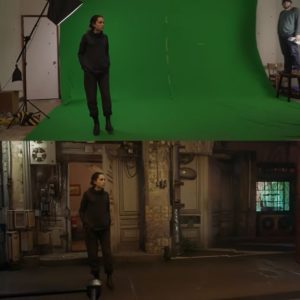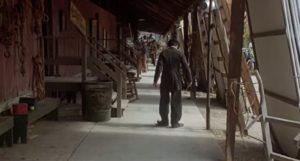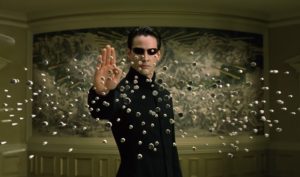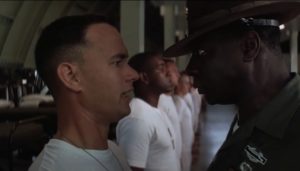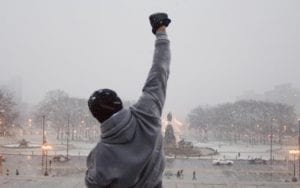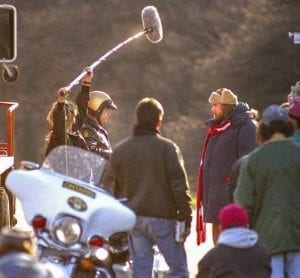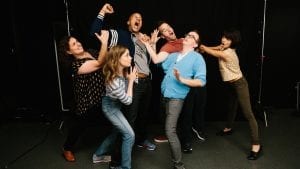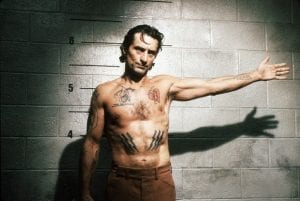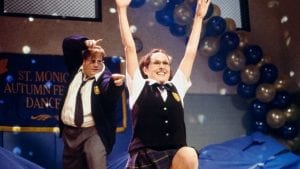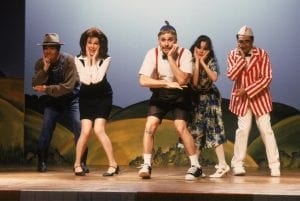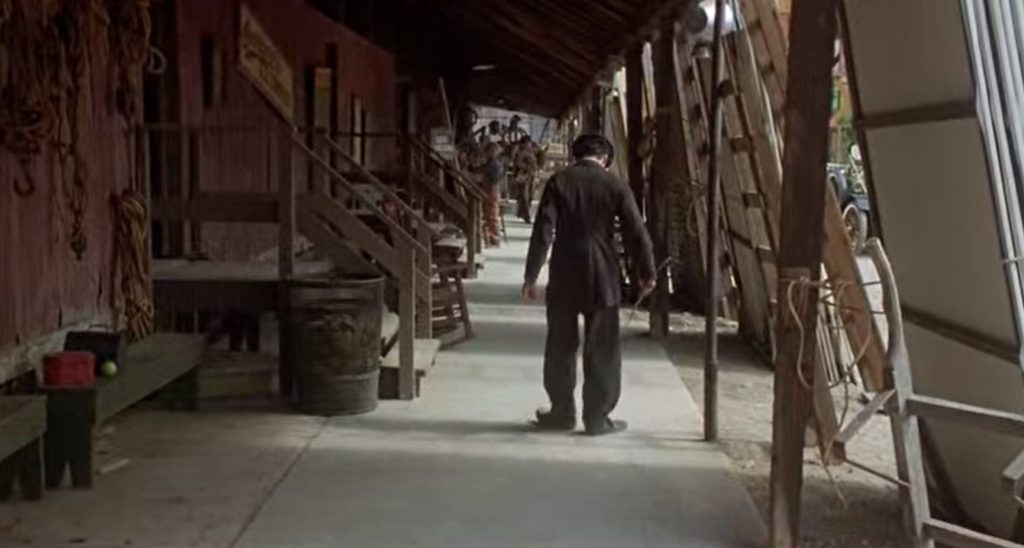
There is more to body language than hand gestures. How you walk can have a big effect on how the audience perceives your character, and it can also help you inhabit the character easier.
As an exercise, you can practice varying your gait to reflect different emotions. When choosing a gait, you can manipulate the pace, the length of steps, and where you place your feet, what you’re doing while walking, etc. You might take bigger or smaller steps, drag your feet, or even dance.
Remember to consider the context of the emotions and you can play around with subtlety as you consider how that emotion might be expressed through gait if the character were trying to hide that emotion. For example, if they’re happy about something but they’re trying not to show it. See what you can do to express the emotions below. As inspiration, you can consider Jamie Dornan’s experience changing his walk.
1. Shyness
The chin might be tucked down towards the chest, while walking slowly or with smaller steps. You can also look at where people place their feet while walking – if they are dragging them along the ground, it might be a sign that they are feeling shy. And how would your gait look if you were shy but trying hard to look confident?
2. Confidence
The head could be held high, with shoulders back and chest out and maybe you’re walking around with your arms held behind your back at first because it makes you seem powerful. You may be sticking your chin out just a little bit because you’re ready to take on anyone who doesn’t like what they see. And what are you doing while walking? Someone who is feeling confident may also be smiling and laughing at nothing in particular or glancing around the room with curiosity instead of standing still, because they feel they have the freedom to do that. The walk of someone confident could be fast and swift, as if there’s no reason to waste any more time than necessary when you’re the best person for the job. Or the walk might be slow because you know that you’re in charge and everyone else will wait for you so there’s no need for you to hurry.
3. Happiness
The head might be tilted back so you can see where you are going more clearly because it’s difficult to walk with your head down when feeling this happy about something, unless you’re trying to avoid everyone noticing how excited you are. Someone who is feeling happy may also be smiling and laughing because it’s difficult to contain all the happiness they feel inside. The walk of a joyful person could be very fast, as if this person wants to get wherever they’re excited about going to even faster. They might also have a bounce in their step and even do a few dance moves as if their mind is filled with happy music.
4. Sadness
The head might hang low with eyes looking at the ground in front of them because it’s difficult to look at anything else. Someone who is feeling sad may also be walking with their shoulders hunched over or dragging their feet through the ground as they walk because it feels like there are weights attached to each of your limbs. The walk of a sad person can make it seem like this person doesn’t want to go anywhere or do anything. What about a sad person who doesn’t want to be seen as sad? Can their facial expression be different while their gait gives them away somehow?
5. Confusion
The head could be tilted to one side, while taking small steps and looking around a lot with wide eyes. This could indicate that you are trying to piece together what’s going on – or at least see where everyone else is headed so you can figure out your own next move. Are you even in the right place?
6. Fear
There are different kinds of fear – like the fear of something scary that just appeared in front of you vs. the fear of something unknown that might appear in front you at any moment. Sometimes fear can make a person jump and run away, and sometimes they might be frozen in place forgetting how to move their feet, and sometimes they might just move forward in a tense way, with their eyes looking everywhere in signs of danger to prepare for whatever may come at them from any angle. The person might have their shoulder curled forward, always ready to lift up their arms to protect themselves if anything happens. The walk might be very slow and cautious.
7. Anger
The head could be held high, with shoulders back and chest out because you are ready to take on anyone or anything that wants a piece of you because right now, nothing can hurt you – this person may also have their mouth open in an angry scowl. Someone who is feeling anger might be walking with long strides and quick steps because it feels good to move when you’re so angry about something. The person might be randomly flexing their muscles as they walk.
8. Apathy
This person’s head may hang low or not move at all, with eyes staring straight ahead, without caring. Someone who is feeling apathetic may also be walking slowly and robotically because this person doesn’t want to go anywhere. The walk might be slow and sluggish as if the person is walking underwater.
9. Surprise
The head could be tilted back, with eyes wide open because there’s no way you could prepare yourself for what came next – even if it wasn’t so bad. The walk of a surprised person might be very slow and hesitant, as if they don’t know what to do next or they want to take a closer look. What would the gait of a surprised person be like if they were originally in a hurry?
Reflection Exercises
When you’re walking somewhere, in addition to noticing your own emotions, you can take a look at the gait of other people. How is their manner of walking different from yours? How is it similar? How is your manner of walking different across time? How do you walk after you just wake up in the morning? How do you walk when you’re strolling through a park? What are you thinking about at those times? And how do you feel after you change the way you walk? Does the way you walk influence how you feel? How does it feel when your footsteps are in sync with your friend? And how can you use all this knowledge in your acting?
Also think about what other things you can change when you are walking. Maybe you can change how close you walk to others and how you interact with others when you’re walking. When walking in a group, do you walk in front or behind them if there’s limited space? You can also notice how your arms normally swing when you walk and how other people’s arms swing when they walk. You can also think about what part of the foot you step with – your toes, your heels, etc. You can think about how much up-and-down motion you have when you move and how much you sway side to side when you walk. You also notice how your walk changes with different energy levels, such as after you’ve just run for a long distance or after you’ve just received some amazing news.
You can also notice how things other than thinking about your walk can affect your walk. Maybe when you focus on your head, such as by focusing on keeping your head at the same vertical level all the time, your walk changes in a certain way. How does your walk change when you’re carrying something heavy or when you want to test out new running shoes? How does your walk change when you try to walk on a line without stepping off it?
Finally, here’s a quote to help free you further: “If you can walk, you can dance; if you can talk, you can sing.” Happy experimentation.
